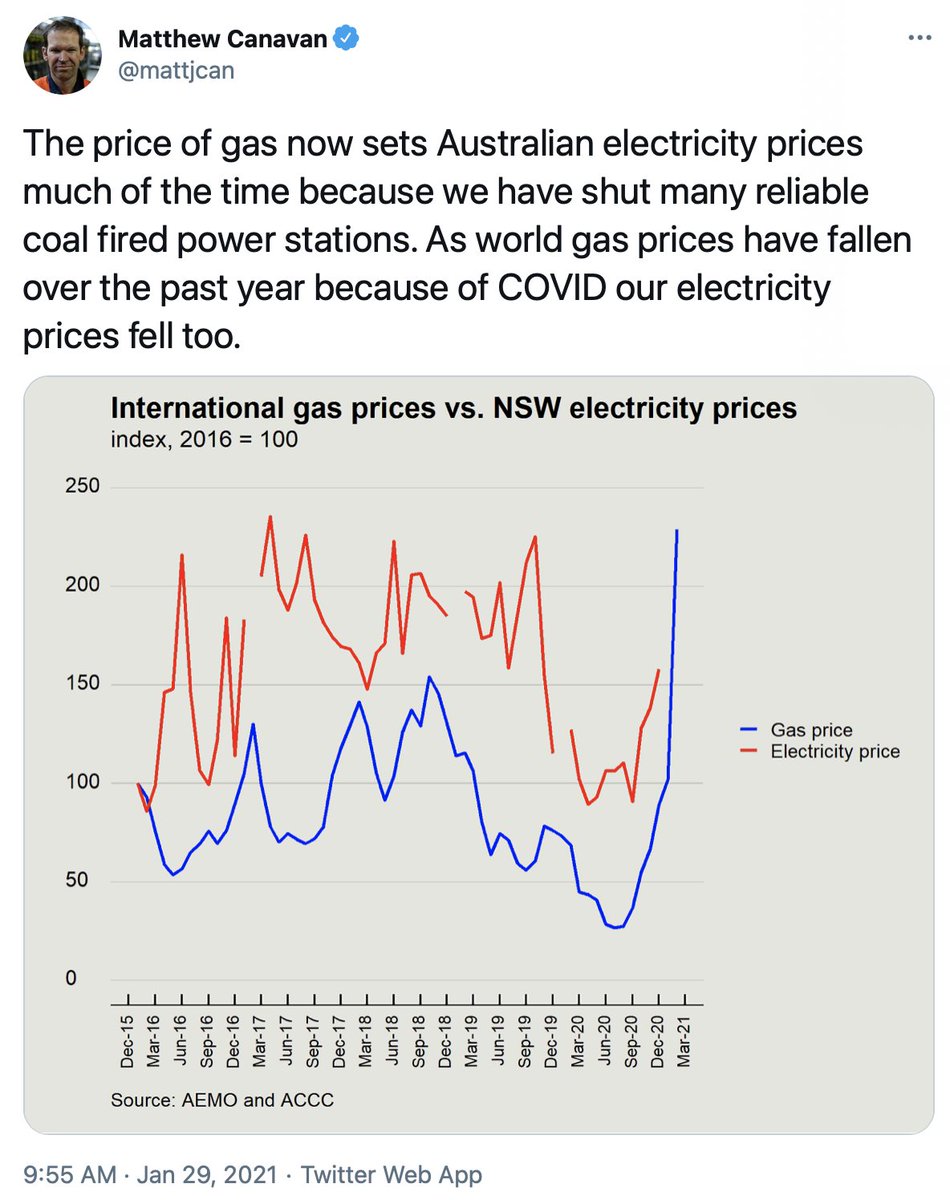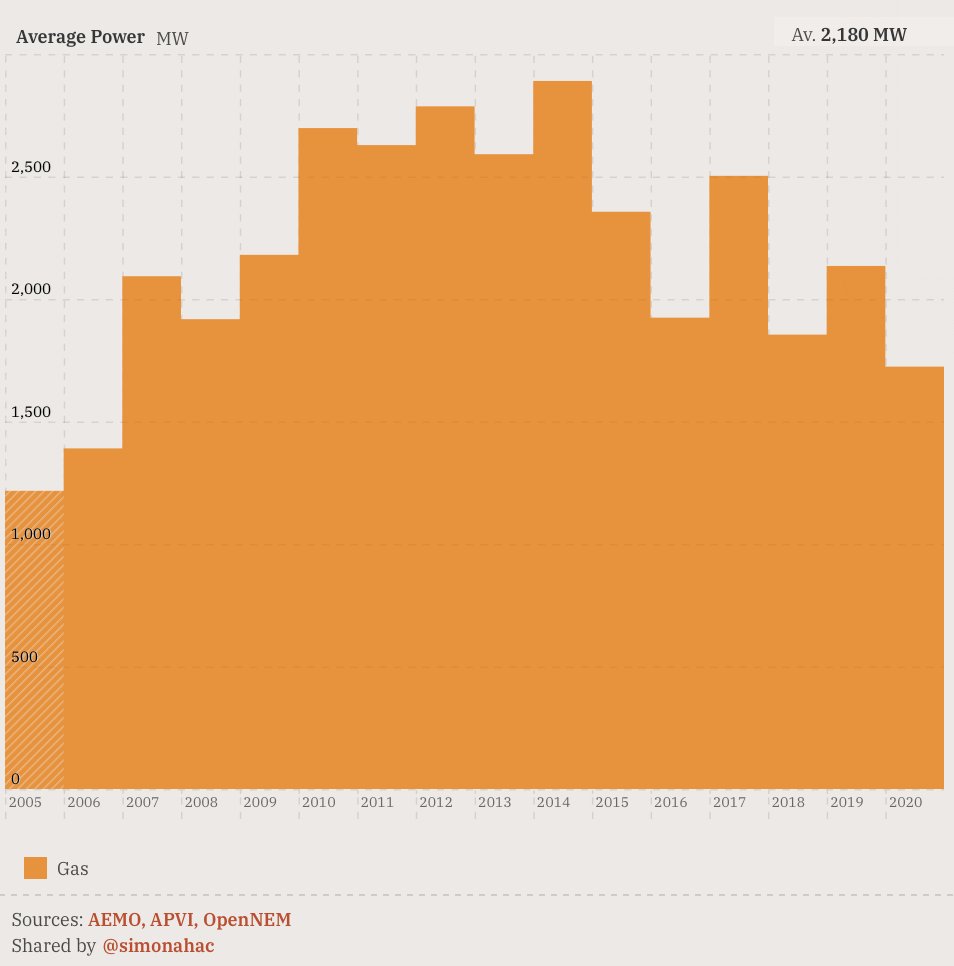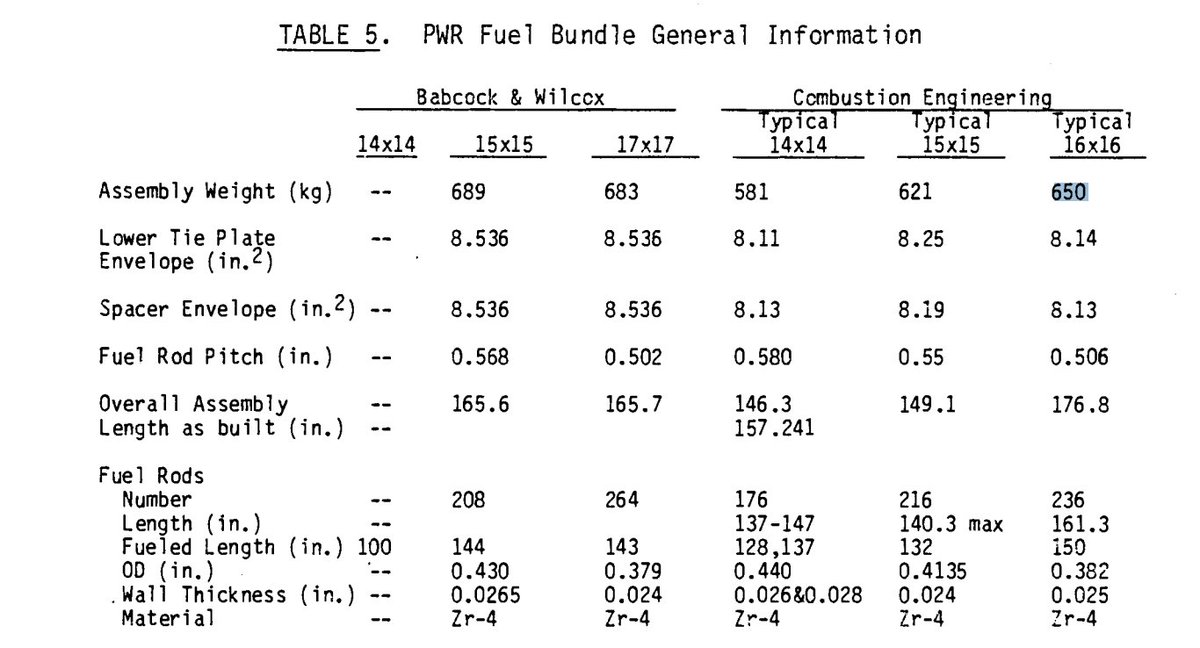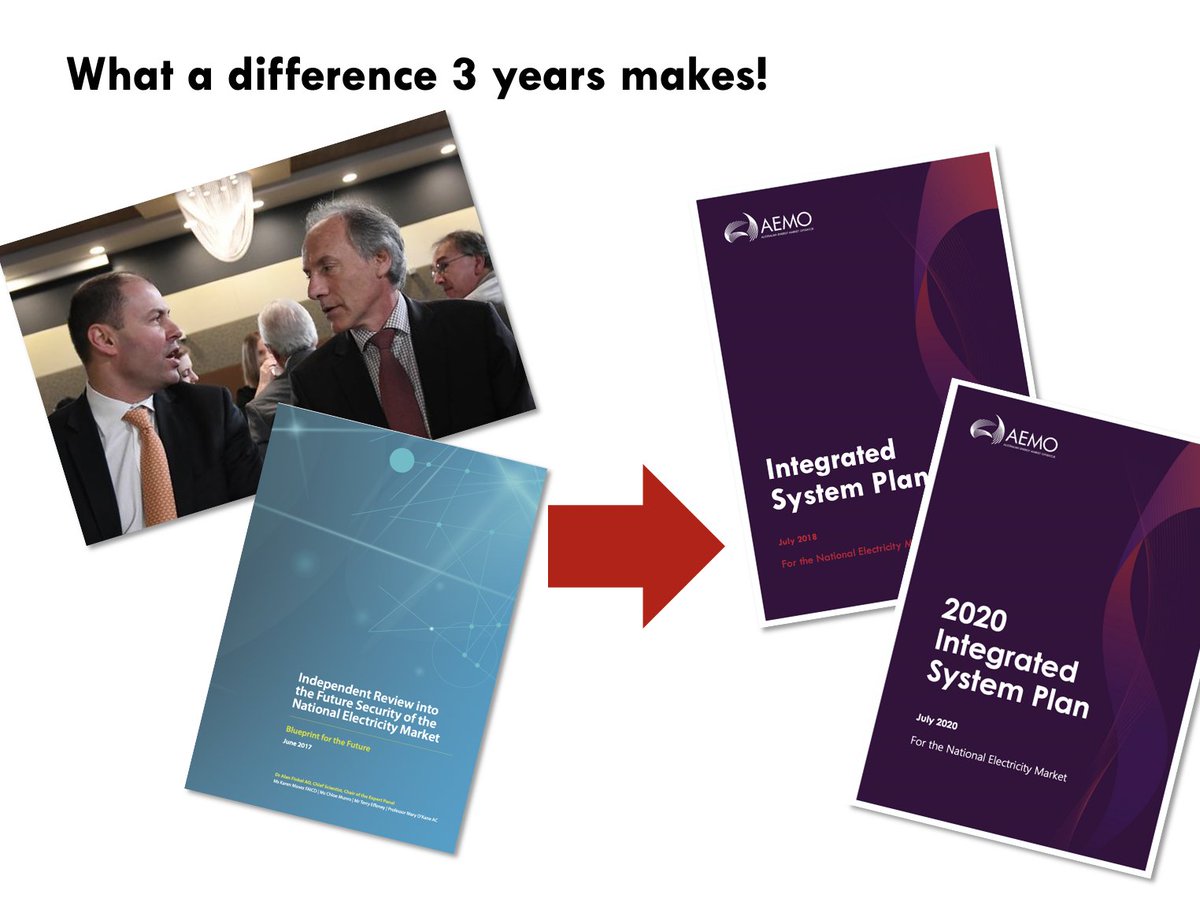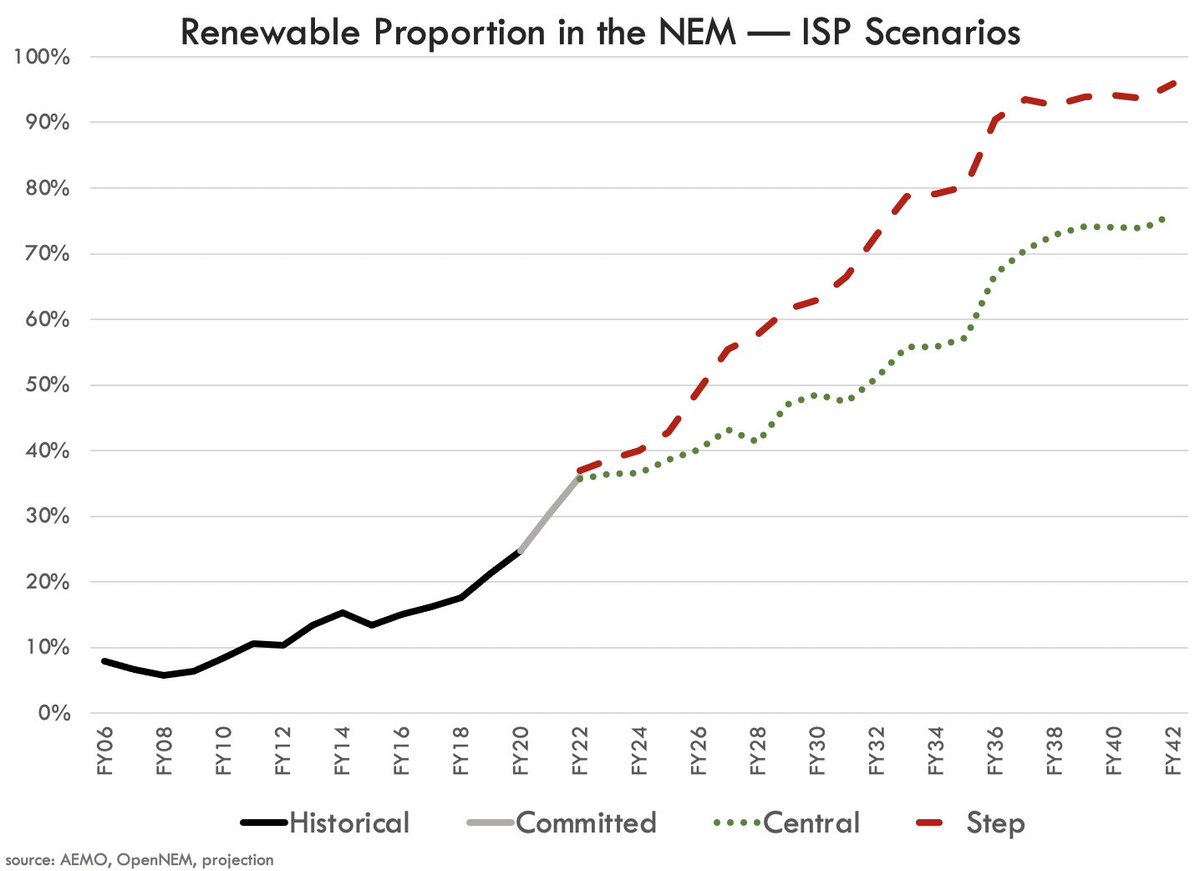
10 march: #victoria announces deal to subsidise #coal power station to stay operating.
17 march: #victoria introduces legislation to add a ~$5000 tax on electric vehicles.
🚗🔋➡️💸➡️🏭
taxing climate solutions & subsidising coal.
welcome to the upside down. #springst #auspol
17 march: #victoria introduces legislation to add a ~$5000 tax on electric vehicles.
🚗🔋➡️💸➡️🏭
taxing climate solutions & subsidising coal.
welcome to the upside down. #springst #auspol
$330/year x 15 years = $4,950
the new MG ZS EV costs $43,990 on the road.
ie. #victoria's new #EV tax works out to be about 11%.
…buy an #EV in victoria and pay more in #EV tax than GST.
the new MG ZS EV costs $43,990 on the road.
ie. #victoria's new #EV tax works out to be about 11%.
…buy an #EV in victoria and pay more in #EV tax than GST.
with #EVs at 0.7% market share and #victoria's transport emissions rising…
now is the *worst* time to slap on an 11% #EV tax.

now is the *worst* time to slap on an 11% #EV tax.
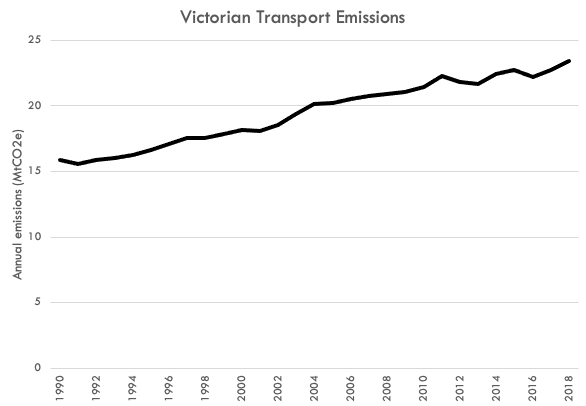

…meanwhile, most comparable countries are helping their citizens to own an #EV.
to save me an afternoon of replies:
1. EVs don't pay fuel excise because they don't burn fuel
2. fuel excise does not fund roads
3. there are budget-neutral ways to support #EV purchases.
to save me an afternoon of replies:
1. EVs don't pay fuel excise because they don't burn fuel
2. fuel excise does not fund roads
3. there are budget-neutral ways to support #EV purchases.

• • •
Missing some Tweet in this thread? You can try to
force a refresh


